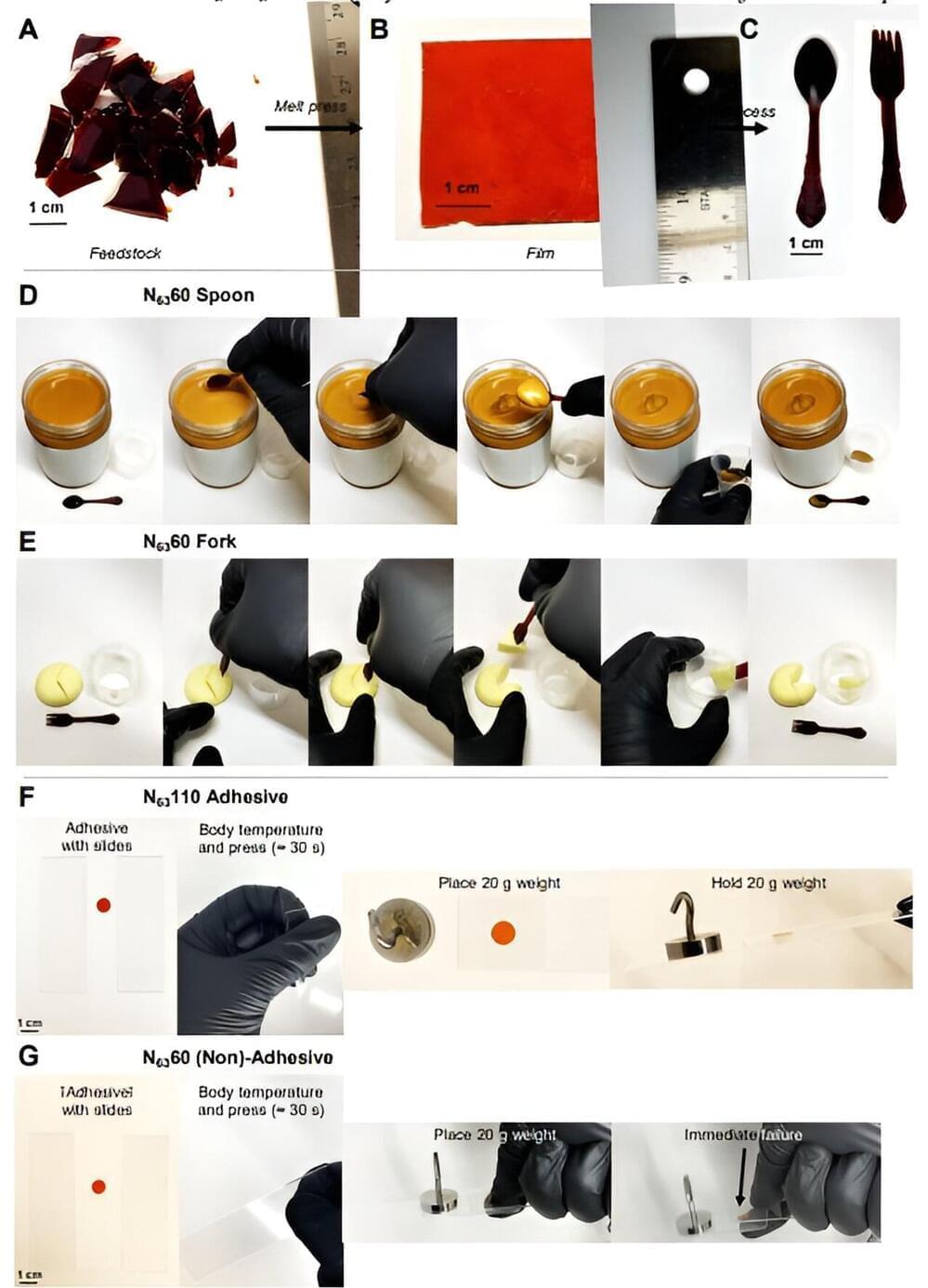A team of molecular engineers have developed a type of plastic that can be shape-shifted using tempering. In their paper published in the journal Science the team, from the University of Chicago, with a colleagues from the US DEVCOM Army Research Laboratory, Aberdeen Proving Ground, the National Institutes of Standards and Technology and the NASA Glenn Research Center, describe how they made their plastic and how well it was able to shape shift when they applied various types of tempering.
Haley McAllister and Julia Kalow, with Northwestern University, have published a Perspective piece in the same issue of Science outlining the work.
Over the past several years, it has become evident that the use of plastics in products is harmful to not only the environment but also human health —bits of plastic have been found in the soil, the atmosphere, the oceans, and the human body.









